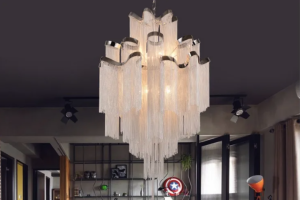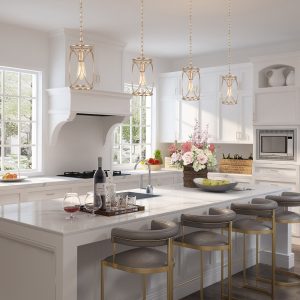Introduction
Minimalist interior style has been gaining popularity in recent years. This design style emphasizes simplicity and functionality, creating a clean and uncluttered environment. In this article, we will explore the history, principles, and benefits of minimalist interior design.
History of Minimalist Interior Design
Minimalism originated in the 1960s as an art movement in New York. It was a reaction against the excesses of abstract expressionism, which celebrated emotion and spontaneity over form and control. Minimalism sought to reduce art to its essential elements, emphasizing simplicity, clarity, and repetition.
In the 1980s and 1990s, minimalism became a popular design style, especially in Japan. This was a time of economic prosperity, and minimalism reflected a new attitude towards material possessions. People were no longer interested in accumulating things for the sake of ownership; they wanted to simplify their lives and focus on experiences.
Today, minimalist interior design has become a global trend. With the rise of social media, people are more aware of the benefits of minimalism and are adopting this style in their homes.
Principles of Minimalist Interior Design
The key principles of minimalist interior design are simplicity, functionality, and sustainability. Here are some examples of how these principles are applied in minimalist design:
-
Simplicity
Minimalism is all about removing the unnecessary. A minimalist interior may have only the essential furniture and decorations, and every object will have a purpose. Colors are kept simple, with a neutral color palette and subtle accents of color or texture.
-
Functionality
Minimalist design is not just about aesthetics; it’s about function. Furniture and storage solutions are designed to be practical and unobtrusive. Spaces are designed with a purpose in mind, whether that’s relaxation, work, or socializing.
-
Sustainability
Minimalism is an eco-friendly design style. By keeping things simple, we can reduce our consumption of materials and energy. Minimalist design emphasizes natural materials, such as wood, stone, and natural fibers, and avoids the use of synthetic materials and plastics.
Benefits of Minimalist Interior Design
Minimalism offers many benefits, both practical and psychological. Here are some of the benefits of minimalist interior design:
-
Less clutter
Minimalism helps to create a clutter-free environment. By removing unnecessary objects and furniture, we can create more space and light.
-
Less stress
A cluttered environment can be stressful and overwhelming. Minimalism helps to create a calming and relaxing space, which can reduce stress and anxiety.
-
Cost-effective
Minimalist design is often cost-effective, as it requires fewer materials and furnishings. It can also encourage us to live a more frugal and sustainable lifestyle.
-
Improved focus
A minimalist environment can help to improve our focus and concentration. By reducing distractions and clutter, we can improve our productivity and creativity.
Conclusion
In conclusion, minimalist interior design is a versatile and practical design style that can offer many benefits to our homes and lives. By adopting the principles of simplicity, functionality, and sustainability, we can create a clutter-free, relaxing, and eco-friendly environment. Whether you’re decorating a small apartment or a large family home, minimalist design can help you to create a space that meets your needs and reflects your personal style.
























